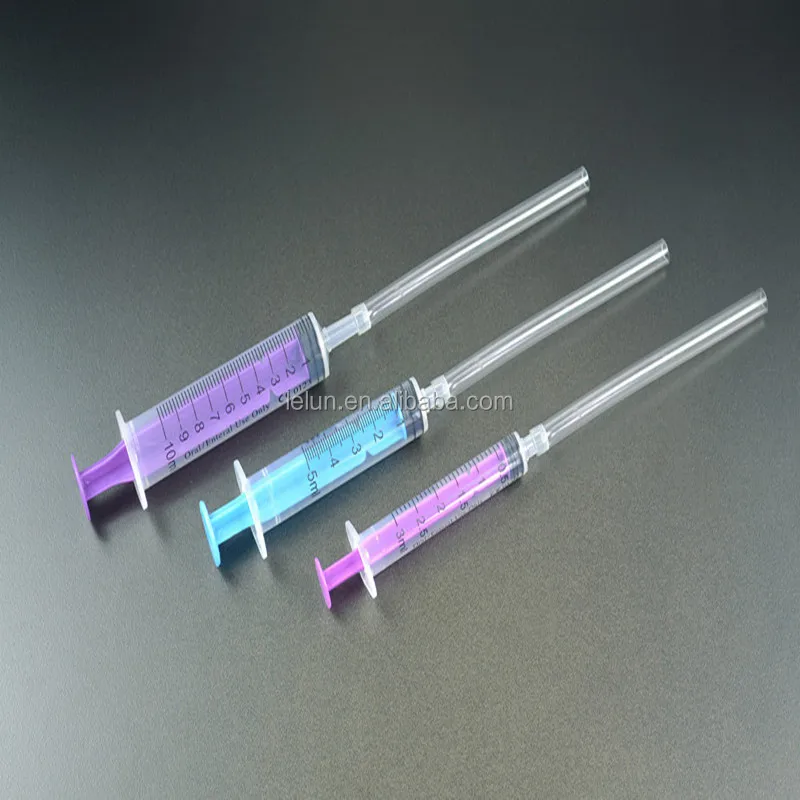
Rabies vaccines may be used safely by all age groups. A long-lasting immunity to the virus develops after a full course of treatment. Rabies vaccines are effective in humans and other animals, and vaccinating dogs is very effective in preventing the spread of rabies to humans. It is recommended that those who are at high risk of exposure be vaccinated before potential exposure. After exposure, the vaccination is typically used along with rabies immunoglobulin. ĭoses are usually given by injection into the skin or muscle. They can be used to prevent rabies before, and, for a period of time, after exposure to the rabies virus, which is commonly caused by a dog bite or a bat bite. There are a number of rabies vaccines available that are both safe and effective. In most situations, the rabbit will need to stay in the hospital while it is on IV or IO fluids so that the technicians and doctors can respond to any sudden changes.The rabies vaccine is a vaccine used to prevent rabies. Fluids given this way must be closely monitored to ensure that the rabbit is not getting too much or too little. Intraosseous fluids (IO fluids) are given through a catheter that is inserted into the bone marrow of an arm or a leg. Intravenous fluids (IV fluids) are given through a catheter that is inserted into a vein on the rabbit's forearm, leg, or occasionally ear. These rabbits are in critical condition and would not do well on SQ or oral fluids alone.

Some rabbits have medical problems where they need a constant supply of fluids directly into their circulatory system. If at any time you notice that the bag of fluids is cloudy, throw it out and get a new replacement. Once you are done given the fluids, pull out the needle and gently pinch the hole where the needle was to prevent fluids trickling onto the skin.Ī bag of fluids should be thrown out within 30 days if its first use. If the fluids are hard to give or your rabbit seems uncomfortable, you may not have the needle in the right spot and should slowly advance it or take it out and try again.

If the fluids flow easily, you are successful. If you were given a bag of fluids, open the valve on the fluid line and squeeze the bag. If you were given a syringe, press on the plunger firmly to administer the fluids. Advance the needle in about half of its length and then try giving the fluids. The needle should be inserted from the back to the front into the upside-down "V" below the skin tent. Pinch the skin together with your forefingers so that there is a small "tent" of skin elevated above the shoulders. To give the fluids, expose the skin over the rabbit's shoulders. Make sure your rabbit can breathe easily in the towel. The towel should be somewhat loose but prevent the rabbit from backing up or suddenly moving forward. In order to give SQ fluids, you should wrap your rabbit in a towel. Lactated ringer's solution and saline are two of the more commonly used SQ fluids. SQ fluids may be something that your veterinarian will want you to give to your rabbit at home.ĭifferent kinds of fluids may be used in different situations. This may be used for a rabbit that is still alert and is not in critical condition. They may be abbreviated as SQ fluids or SC fluids. Subcutaneous fluids are fluids that are injected beneath the skin. If the rabbit still will not drink, your veterinarian may prescribe subcutaneous fluid. If the water is just dribbling out of the mouth, stop what you are doing. The water should be offered slowly with frequent pauses so the rabbit can swallow and rest.

Using A Syringe To Help Your Rabbit DrinkĪ rabbit may drink from a syringe that is placed in the corner of its mouth. Some rabbits need to have fluids given by other methods, either by subcutaneous fluids, intravenous fluids, or intraosseous fluids. Sometimes this can be done by helping the rabbit drink. In order to correct dehydration, extra water must be given to your rabbit.

Your rabbit may be dehydrated if you see any of these problems: thick sticky saliva, crusty eyes, poor appetite, small amounts of dark colored urine, or hard dry fecal pellets. An ill rabbit may not drink enough water on its own to do well.


 0 kommentar(er)
0 kommentar(er)
